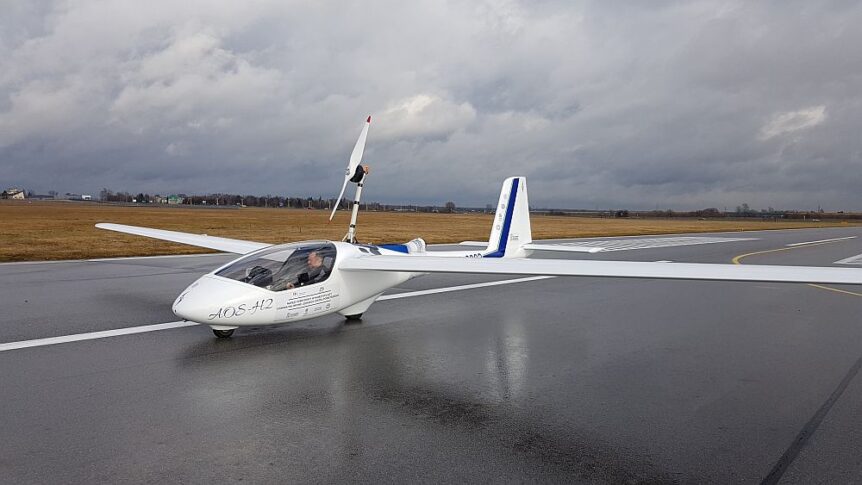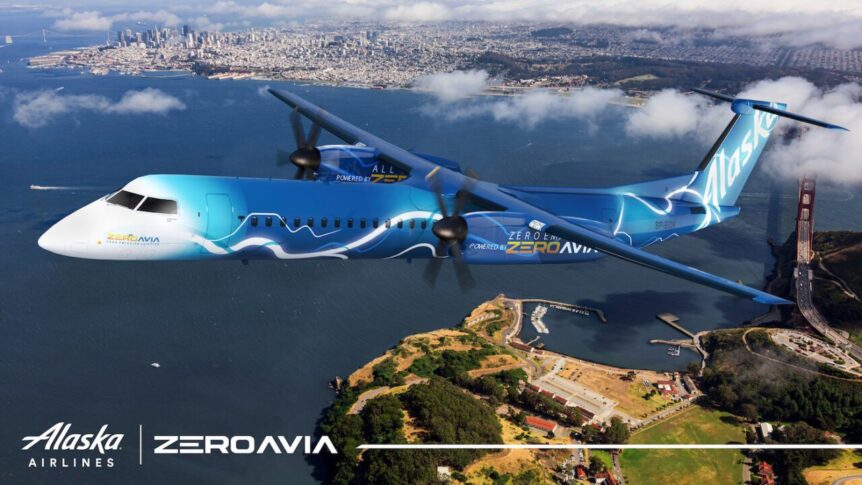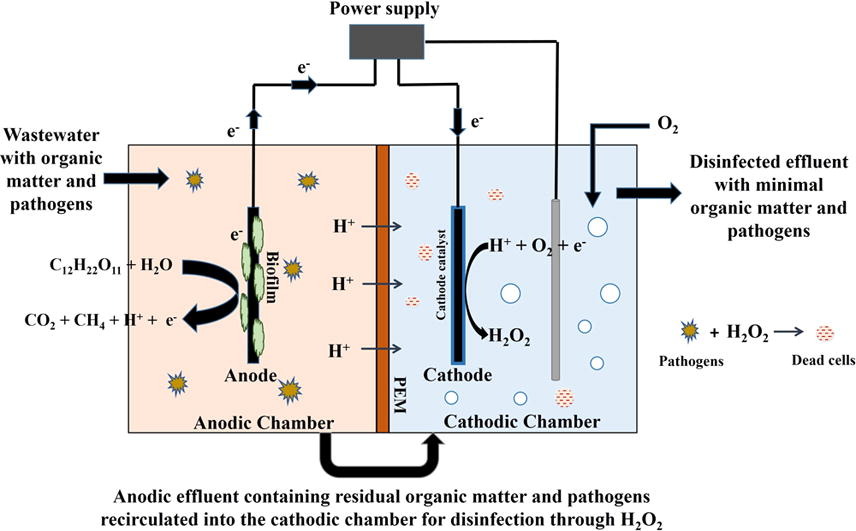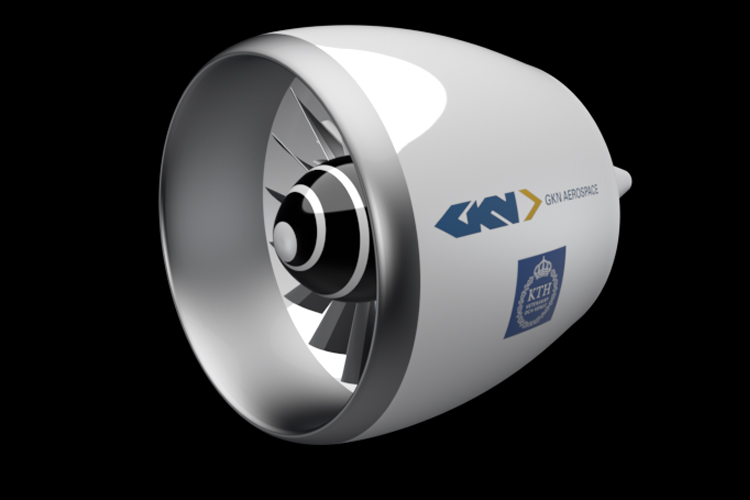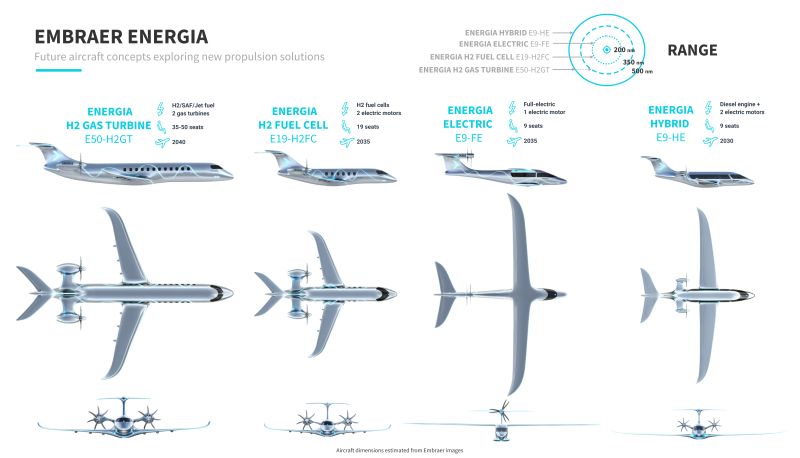A university in Poland has conceived, built and tested – but not flown, the AOS-H2, a hydrogen-powered motor glider. In 2013, the blog covered the test flights of a battery-powered electric two-seat motorglider designed at the Warsaw (Poland) University of Technology. Now, a similar design, the AOS-H2 has been crafted to fly on power generated by a hydrogen fuel cell. Early tests in 2020, “Confirmed that all units work correctly.” The “Hybrid Propulsion System Based on Hydrogen Fuel Cells in a Light Aircraft” is funded under the “Applied Research III” Program by the National Centre for Research and Development. Professor Marek Orkisz Ph.D., D. Sc., Eng. Of the Rzeszów University of Technology is Program Manager. As noted in the University’s announcement of the new airplane in 2020, “The last completed project was the AOS-71 motor glider fitted with an electric-powered propulsion system integrated in the fuselage and powered by lithium-polymer batteries in the wings.” At that time, Mike Friend, former …
ZeroAvia Comes to the Pacific Northwest
In the Everett (Washington) Herald Janice Podsada reports, “ZeroAvia, which currently has offices in London and in Hollister, California, plans to invest $5.5 million to ready an Everett site for a team of 20 design and software engineers.” This will be a new entry in Snohomish County, a location already supporting over 500 aerospace companies. Everett, site for Boeing Aircraft’s huge production facility, is also home to MagniX, poised to power aircraft such as Eviation’s Alice, currently preparing for test flights in Arlington, about 18 miles north. ZeroAvia will accept, “A $350,000 grant to convert a warehouse at the Snohomish County-owned airport into a research-and-development facility.” Val Miftakhov, ZeroAvia’s founder, explained the importance of the state’s Department of Commerce grant. “Given the age of the facility we will be occupying, this grant closed a gap related to facility construction and we are excited to engage in this community.” A hub of the Northwest’s center for aircraft development, Paine Field is also …
Hydrogen harvested from Dirty and Clean Sources
Scientists working in England and Belgium have come up with low-cost ways of extracting hydrogen from either very dirty water or from the air around us. If these breakthrough technologies pan out, they could set us on a different path to energy independence. Hydrogen is the futurist’s dream fuel, non-polluting and emitting only water vapor. But it’s been hampered by its high cost of production and sourcing from natural gas. Cleaning Water and Making Clean Fuel Researchers at the University of Warwick have found a “two-fer” that cleans waste water and produces a clean fuel. They note the following caveat and a promising development from their research: “Wastewater treatment is vital to remove pathogens, but is incredibly energy intensive. The ability to treat it more sustainably is a challenge researchers from WMG, University of Warwick have been able to achieve, using recycled carbon fiber mats to produce hydrogen from waste water.” The new method would reduce energy use since treating …
The EleFanT in the Room
Electric Ducted Fans (EDF) may soon show some promise in full-size flight. Several projects are under way, including EleFanT, an interesting development in Germany by GKN and KTH (the Swedish Royal Institute of Technology). First, though, we’ll look at two stateside projects. David Ullman’s IDEAL EDFs fans are nothing new in the model aviation world, often powering large-scale models of actual jet fighters or trainers. Such model motors, combining their thrust, can augment lift and propulsion on light aircraft, and a few larger projects are attempting to utilize that promise. David Ullman, in Independence, Oregon has flown a Jabiru he rebuilt from a wreck with its Jabiru engine providing the main power, but augmented in thrust and lift by four small electric ducted fans (EDFs). The arrangement is a partial demonstration of IDEAL, which stands for “Integrated Distributed Electric – Augmented Lift” flight, using “thrust from distributed electric propulsion to improve the lift and drag performance of the aircraft during …
Embraer’s Energia Family
Coming up with a new airplane is a daunting task – but Embraer announced four new designs this week. Ranging from nine to fifty passengers, Embraer’s Energia family are all electric or clean fuel redefinitions of regional air travel. Luis Carlos Alfonso, Senior VP of Engineering, Technology Development and Corporate Strategy presented them in front of a socially-distanced crowd in Brazil. The presentation, which sent virtual representations of the four craft flying out into the crowd, took place to coincide with COP26 (the Congress of Parties) being held in Glasgow, Scotland. Its choices of pure electric, hybrid-electric, hydrogen-electric, and in its 50-passenger model, hydrogen or SAF (Sustainable Aviation Fuel) driving turbine engines are all moving toward a “net-zero” goal. Two for Nine The two nine-passenger airplanes vary considerably. One is high-wing, with a pair of vertical tail-mounted motors driving contra-rotating propellers in full-electric mode. The other is a low-wing type, with twin electric motors on the rear flanks of the …
ZeroAvia, Mitsubishi, and Alaska Airlines Power Up
A Different Type of Kitplane Green Aeronautics are moving beyond small beginnings into grander realms through ZeroAvia, Mitsubishi, and Alaska Airlines. Gabriel DeVault has flown two different electric airplanes of his own, a converted EarthStar Thundergull and a Sonex eXenos (which seems to be his daily commuter between Hollister, California and his home in Watsonville). Both have been featured prominently in his YouTube channel and your editor has written about them for Kitplanes magazine. Now, Gabriel is working on a different type of Kitplane at a much large scale. Gabriel managed research and design for the motor and related systems on the Zero electric motorcycle. The original unit has gone through several upgrades, and is now seen in variants from 27 to 110 horsepower. The company sold over 4,000 units last year in 30 countries including the United States. They look to build at an accelerated rate, hoping to double sales every year. He has taken that expertise to larger …
Air Race E: the Vertical Class
“The electric VTOL class is an entirely different category of aircraft altogether. Often referred as “flying cars”, this type or aircraft is at the forefront of electric technology in aerospace. Brace yourself for The World’s First Vertical Motorsport! This race format and its rules will be somewhat different than the airplane classes and will be revealed soon.” Air Race E promotion. Possible Contenders The Alauda Airspeeder Two possible contenders (mostly) ready to race come to our attention. The first is the Alauda Airspeeder, shown here in its Mk. 3 version. And by dint of the International Dateline, the craft’s most recent flight came to us the same day it was recorded. One may question how open-rotor racing at high speed can be made safe. Alauda alludes to Acronis Cloud Protection. “The racing series, created by performance electric flying car manufacturer Alauda, will receive technical and commercial support from Acronis, with some of the services delivered by a global provider of …
MIT Makes Hydrogen from Scrap Aluminum and Water
Three Massachusetts Institute of Technology (MIT) researchers may be on the track of producing hydrogen from a reaction between aluminum (the scrappier the better) and water. Their “simple way” of generating H2 from aluminum and water can take place anywhere, according to the researchers. Since groups like ZeroAvia and Pipistrel with the DLR (German Space Agency) and HY4 are working toward at least intermediate-range hydrogen-powered flight, an inexpensive way to produce the gas would be a blessing. Current methods of producing H2 from fossil-fuel-related materials can be more detrimental to the environment than the promise hydrogen would otherwise bring, however. Corroding but Not Rusting Dr. Laureen Meroueh along with Professor Douglas Hart and Professor Thomas Eager at MIT have found a way to react aluminum with water at normal room temperature, leading to the formation of aluminum oxide while releasing hydrogen gas. Under normal conditions, aluminum exposed to water develops a coating of aluminum oxide. Stanford researchers in 2000 discovered …
ZeroAvia Tests 600 kW Motor, Receives Honors
Val Miftakhov, founder and CEO of ZeroAvia, introduces tests of the company’s 600 kilowatt powertrain, mounted high atop their new mobile test bed. In recent months, the company has achieved some solid recognition. “In July, 2021, ZeroAvia has successfully tested high-power operation of its flight-intent ZA-600 (600kW) powertrain. The testing has been done on the brand new HyperTruck mobile ground testing platform ZeroAvia has developed based on a heavy-duty M977 HEMTT military truck. The HyperTruck platform is designed to be able to test not only the current 600 kilowatt system for 10-20 seat applications, but also the 2 Megawatt system currently in design phase, targeting 50-80 seat aircraft. The latest series of tests signifies a critical milestone before flight application of these powerplants later this year in the company’s 19-seat test demonstrator.” Further down the line, plans for a 40-80 seat hydrogen-electric aircraft are in store. Perhaps the high mounting of the powerplant comes from Head of Drivetrain development, Gabriel …
A Pulitzer Written in the Sky
Itching to test your electric airplane’s cross-country capabilities? A new Pulitzer Electric Air Race of over 1,000 nautical miles (1,150.78 statute miles to be exact) between Nebraska and North Carolina will show who has the fastest electric flying machine. Jim Moore, reporting for the Aircraft Owners and Pilots Association (AOPA), shows the connection between the original Pulitzer Trophy and today’s electric competition. “Five of the first six pilots to have their names engraved on the Pulitzer Trophy were military airmen clocked around a closed course at speeds starting at 157 mph in 1920, up to a blistering 248 mph by 1925. The trophy was created to inspire innovation, and particularly faster airplanes. That vintage trophy housed at the Smithsonian National Air and Space Museum will be engraved with its first new name in 97 years in 2022, following completion of a 1,000-nautical-mile cross-country race by up to 25 electric aircraft.” Ralph Pulitzer was son of Joseph Pulitzer, whose prizes for …

